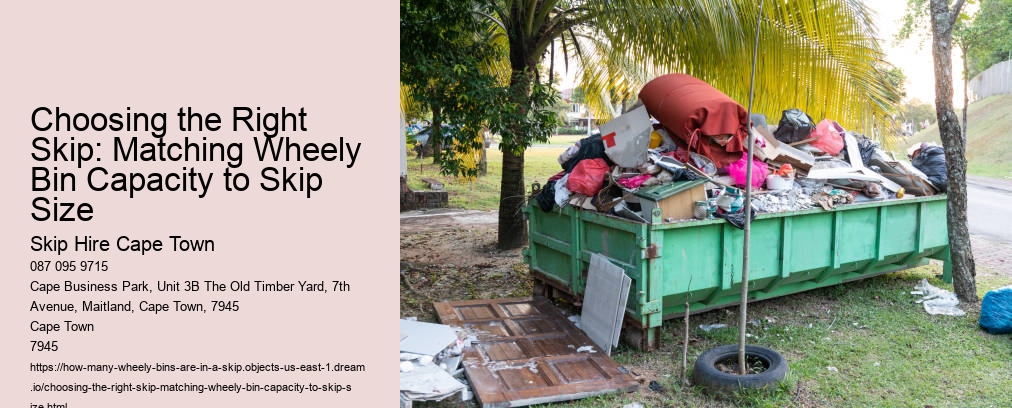Choosing the right skip for your project can be a daunting task. It's important to make sure that you're not (overwhelming) or under-utilizing the capacity of the wheely bin. Doing so could end up costing you more in the long run! Here are some tips for matching bin size to skip size:
Firstly, consider what type of rubbish you need to dispose of and whether it is hazardous. This will help determine which type of skip size is best suited for your needs. For example, if you have a lot of bulky items such as furniture or garden waste, then a larger skip may be required. On the other hand, if you only have small amounts of lighter waste such as paper and cardboard then a mini-skip would suffice!
Moreover, think about how much space is available for the skip; this will influence its size too. If space is limited, then opt for a smaller option like an enclosed skips or wheelie bins - they'll fit into tighter spaces but can still handle large volumes of waste. However, if there's plenty of room then larger options like open-top skips are ideal.
Finally, check local regulations regarding skips and bins before making your final selection - some areas require permits while others restrict certain types or sizes from being used on public land! Always remember to double check these rules to ensure compliance with council guidelines.(Otherwise!) You don't want any nasty surprises down the line!
In conclusion, choosing the right skip isn't always easy but by taking into account factors such as waste type; amount and location - you'll be able to find one that perfectly matches your needs! And don't forget: it pays to shop around when looking for skips since prices vary depending on size and provider - so take your time and compare prices before deciding on one!
Simplifying Waste Removal: Utilizing Wheely Bin Units to Calculate Skip Usage
